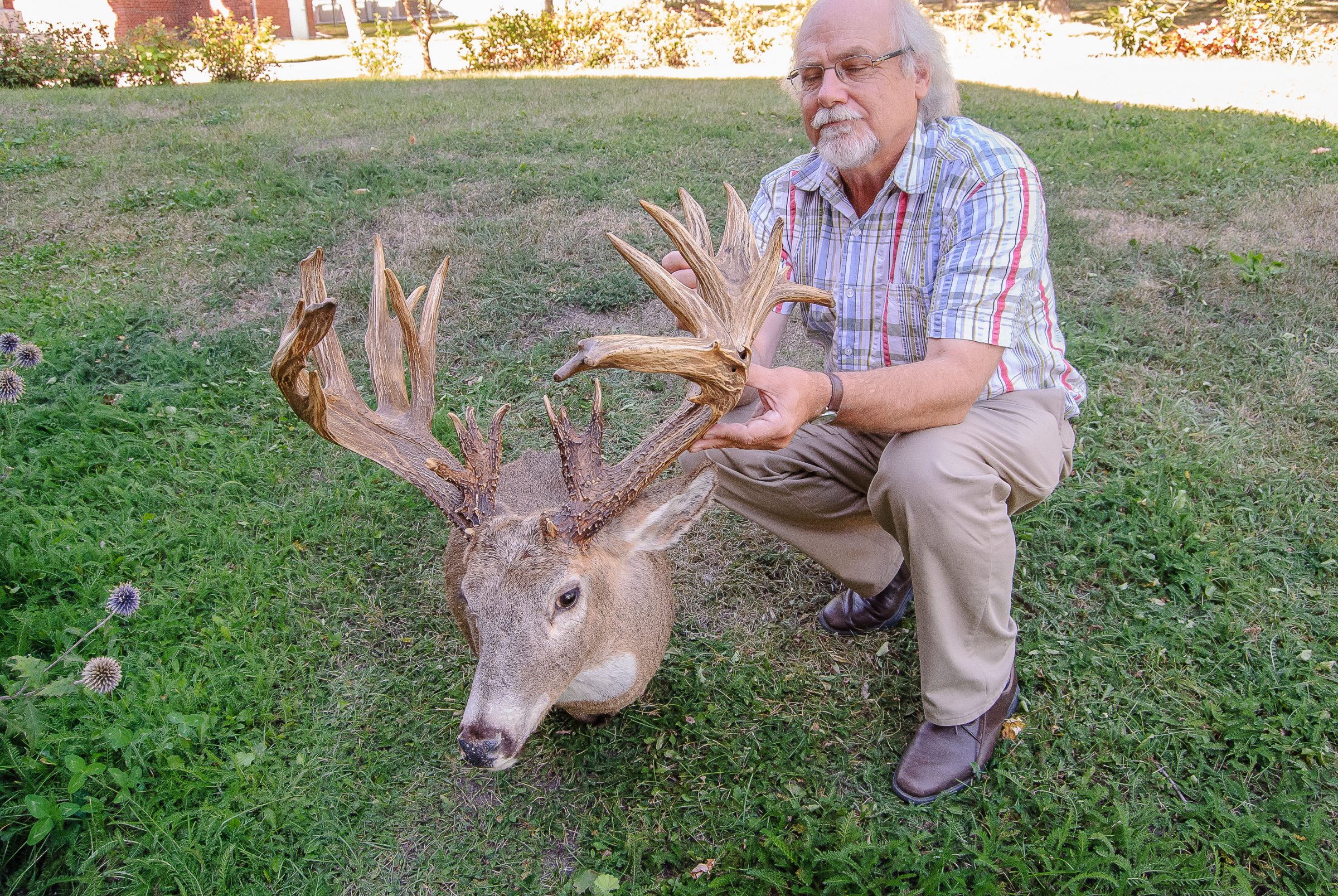
In recent years, many of us have read and heard a lot about the Algonquin wolf, non-migratory, forest-dwelling woodland caribou, and other animals that some think are unique species, subspecies, or ecotypes. However, when it comes to the white-tailed deer, most assume all are the same, except, perhaps, for the diminutive Key deer of Florida or the Coues deer of the southwest, familiar to Canadian snowbirds. But for most, a whitetail is a whitetail, no matter where it’s found.
World of taxonomy
And, maybe, that’s true. As I’ve written before, in the world of taxonomy, there are lumpers and there are splitters. Lumpers tend to view species with often quite different physiological, biochemical, and behavioural differences — like the white-tailed deer — as plastic, characteristics which enable it to survive and thrive in a wide ranging set of environmental conditions. But wherever they are and whatever the differences, they’re first and foremost a white-tailed deer (Odocoileus virginianus).
Splitters put greater emphasis on differences and identify groups with unique sets of characteristics as subspecies, ecotypes, or simply populations. In general, many believe sub-species are new species in the making.
At any rate, most biologists agree with the concept of subspecies, even if they argue amongst themselves what is and isn’t one. To that end, it’s generally acknowledged that no less than 30 sub-species of white-tailed deer are recognized in North and Central America.
Giant deer in the northwest
Ontario is home to two of these subspecies. In most of the province, the deer people are familiar with is the northern woodland whitetail (O.v. borealis). However, along a thin strip of northwestern Ontario, adjacent to the Manitoba border — in the Kenora and Fort Frances areas — the subspecies is believed to be the Dakota whitetail (O.v. dakotensis).This is also the subspecies of the Canadian prairies and the northern plains of the United States.
The Dakota deer was first observed and scientifically described in 1856 in, no surprise, North Dakota. Dakota deer are renowned for their massive body size and huge antlers. The current Boone & Crockett (B&C) world-record typical whitetail taken by Milo Hansen in Saskatchewan was a Dakota deer. Of particular interest to Ontarians are the top two B&C non-typical Ontario deer that both came from that strip of northwestern Ontario said to be the home of the Dakota whitetail.
When I first moved to Kenora as the district wildlife biologist for what was then the Ministry of Natural Resources, there was much talk in town as well as the office about mule deer. They were invariably monster bucks with racks so much bigger than normal deer that they had to be mule deer, because as everyone knew, mule deer were much bigger than whitetails. Since then, and over many years, I’ve examined untold dozens of deer from northwestern Ontario: bucks, big and small, young and old, and none were mule deer. But some were definitely gigantic. And that goes for both antlers and body size.
Many of these brutes had racks of great mass that were often unusually craggy and adorned with multiple tines of all shapes and sizes.
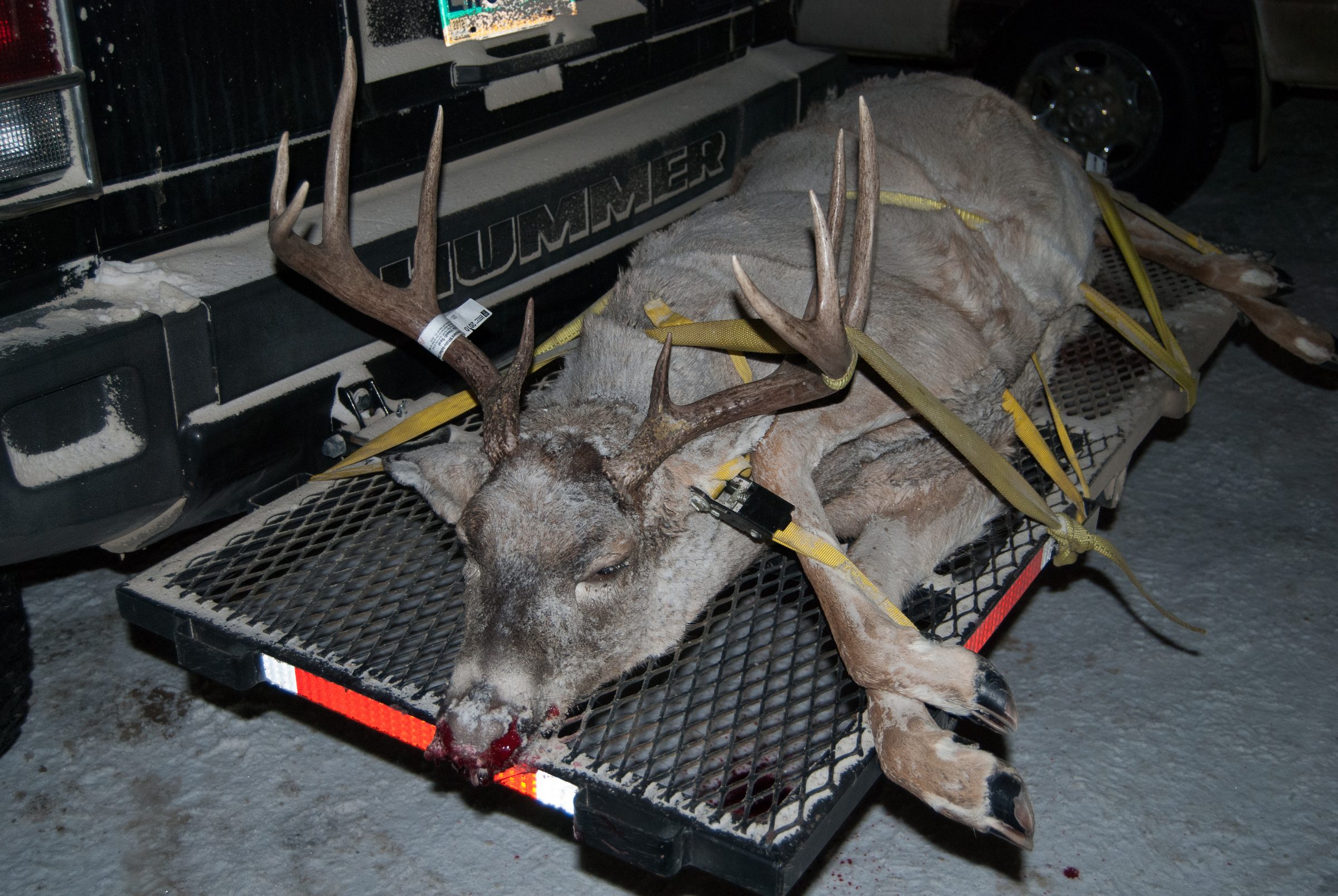
Subtle differences
Behavioural differences in subspecies are often documented. As I wrote in a recent column, deer in the northwest gave wildlife officials headaches for years when it came to policies regarding deer-yard management, because deer there don’t “yard” like they do in the rest of the province. Of particular interest is that even in areas where they do congregate, they seldom hole up in cedar swamps.
Another characteristic of the Dakota whitetail is a coat that is lighter in colour than other subspecies.
While there is little doubt that there are subtle differences between deer in the extreme northwest as compared to the rest of the province — and elsewhere — do these differences warrant subspecies classification?
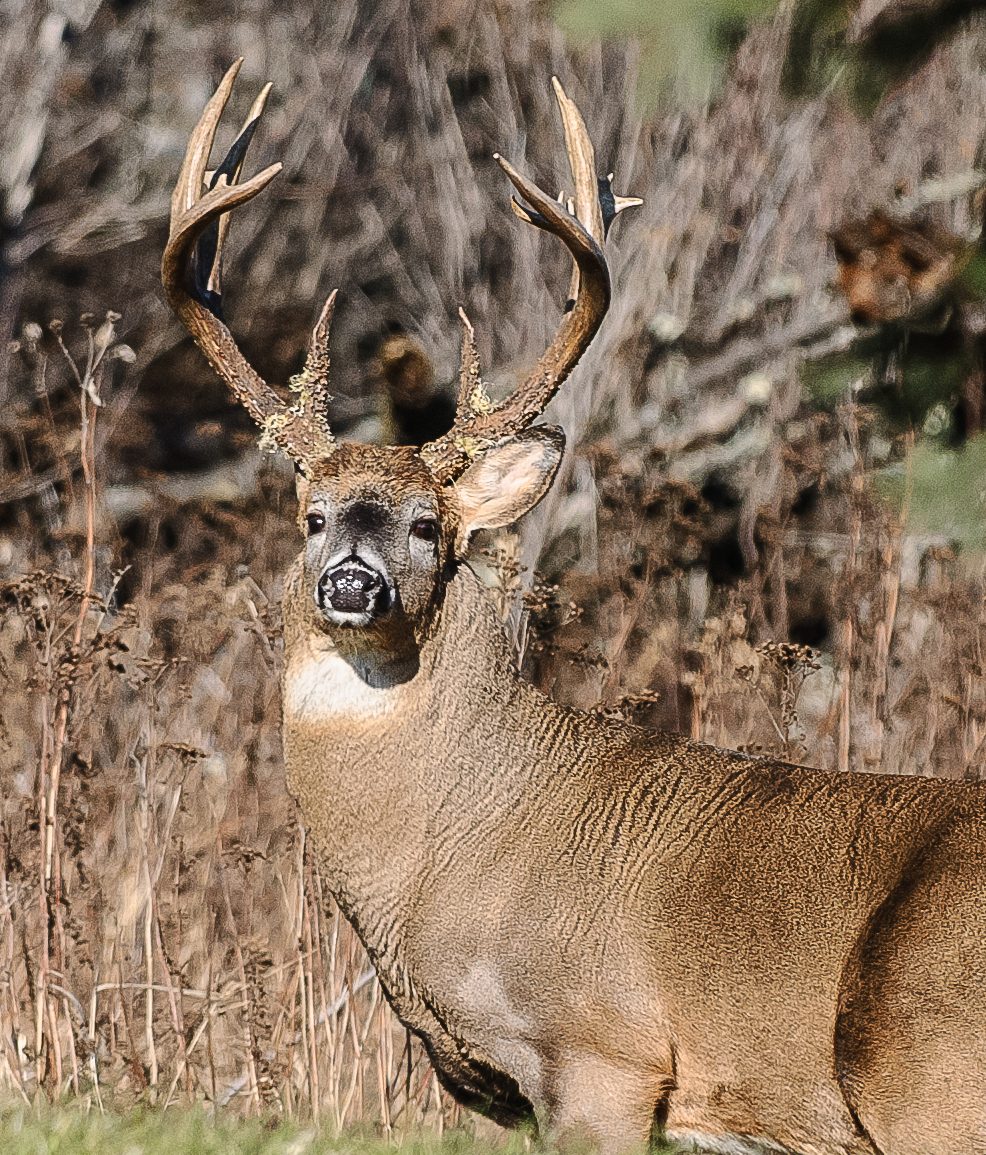
Some of the difficulties with answering this question lie with changes that have happened in the years since most of these deer subspecies were initially identified and described.
Classifying subspecies
For one, deer, like many North American game species, were greatly reduced in numbers during the carnage that occurred after Europeans began to colonize the continent and up until modern game laws began to be implemented in the early 1900s.
In many areas, deer were virtually wiped out, so one solution was to trap, transport, and translocate deer from areas of abundance to areas where they were scarce or gone. Not much attention was paid to which subspecies was being moved where, so there was a considerable mixing of gene pools.
In addition, habitat alterations have occurred on a massive scale and continue to this day. Deer often have been able to take advantage of those habitat changes and so the range and distribution of deer — everywhere — has been affected. Deer are thought to have been absent from all of northwestern Ontario prior to the very late 1800s.
Did Dakota deer expand west into Ontario and the northern Woodland deer expand east? There is no gap in the range distribution between the two subspecies.
Regardless of the subspecies, the white-tailed deer is not only a challenge to hunt, they’re a challenge to study.

Bruce Ranta is a retired wildlife biologist, outdoor writer and photographer based in Kenora. Reach Bruce at mail@niteowldev.com
Originally published in Ontario OUT of DOORS’ 2020 Hunting Annual


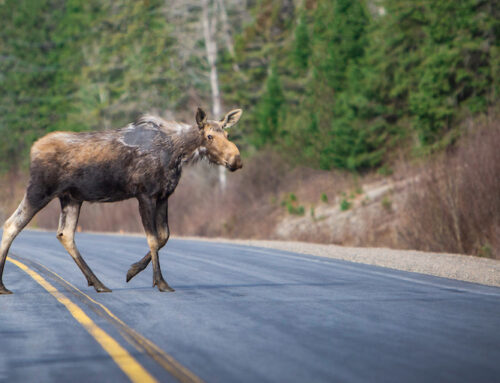
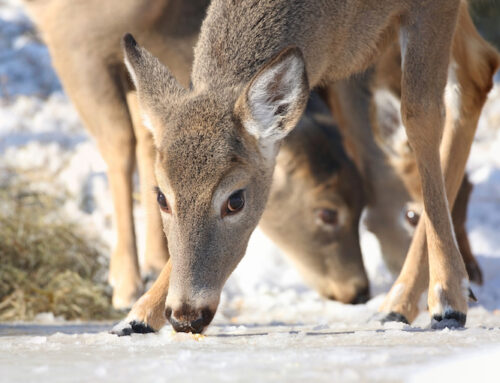
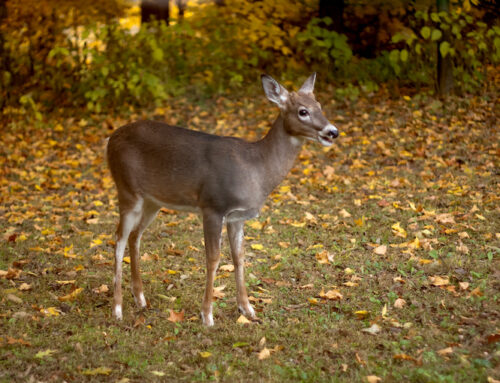
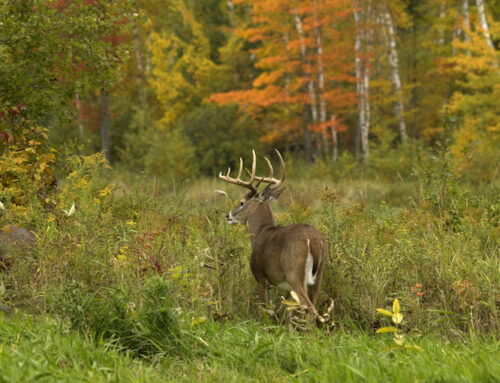
really big deer